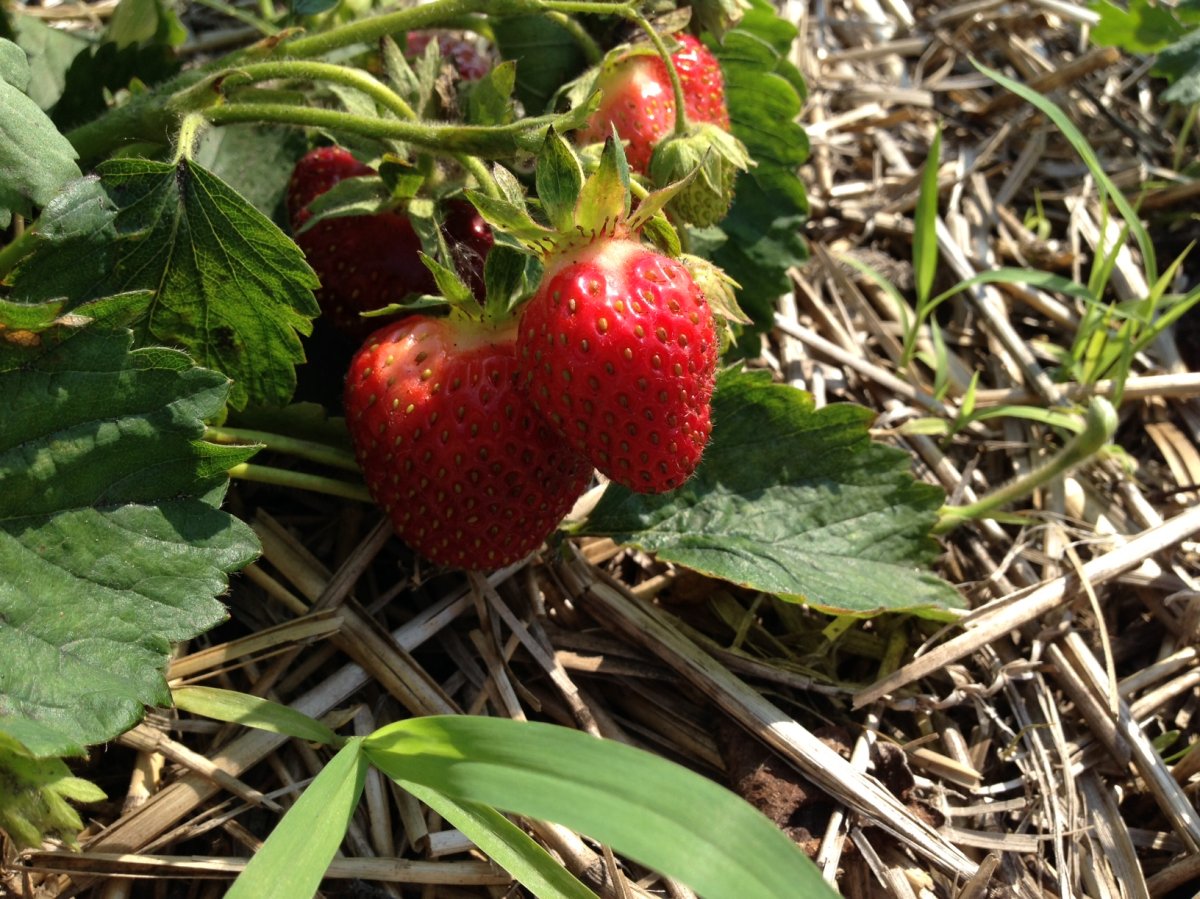This spring, replace those sorry-looking patches of grass around trees, pathways and slopes with mint, thyme, strawberries, and a host of attractive and practical fruits, vegetables and herbs.

“Turf is sort of the lowest common denominator in ground covers,” said Weston Miller, a horticulturist with the Oregon State University Extension Service in Portland. “It takes more work, specialized timing and tools. The advantage with edibles is that they provide more (wildlife) habitat and they also look good.”
Edible landscaping includes more options than simply adding ground cover. Ornamental shrubs and trees can be attractive, practical and long-lasting, too.
“If you’re looking to eliminate trouble spots, the thing to keep in mind is that the bulk of herbs and a lot of the fruits do best in full sun,” Miller said. “Some will be just as colorful in partial shade, although they won’t bear as much.”
READ MORE: One way to lower your grocery bills? Forage for your food
Good drainage also is important, he said.
“Low-lying areas are not good places for growing edibles.”
Recommended food plants for lawns, slopes and problem areas include:
Ground Cover
- Herbs. “You get more for your money with perennial herbs over turf,” said Rhonda Ferree, a horticulturist with University of Illinois Extension. “Herbs don’t have a lot of pest problems, and make for a good alternative.”
- Edible flowers like viola, calendula, chives, nasturtiums and ferns. “I’ll add flowers to a dull-looking salad to add colour,” Ferree said. “Or sometimes I just eat flowers right out of the garden.”
- Greens. “Highly recommended. Fast and easy to grow,” Miller said. “They also have a long harvest period. Rainbow chard is a great ornamental.”
- Fruit. “One good way to start is with strawberries,” Miller said. “Wild strawberries or Alpine strawberries do better in partial sun than garden varieties. Wildlife like them a lot.”
Shrubs
- Berries, including currants, raspberries and blueberries. “Use a raspberry fruiting shrub as a hedge,” Ferree said. “Hops, grapes, edible passion flowers, cucumbers or pole beans work well as vines.”
- Roses. “Rose bushes are beautiful and hold soil well on a slope,” Ferree said. “Wild roses develop hips with a lot of Vitamin C that often are used in teas and for making preserves.”
Trees
- Fruit over ornamentals. “A hickory tree makes a great large shade tree while also providing delicious nuts,” Ferree said. “Instead of a spring-blooming tree like a redbud, consider an apple or cherry that not only have beautiful spring blooms but later provide delicious fruit.”
Dwarf varieties grown in containers or raised beds work well on small patios or balconies. The same is true for smaller varieties of tomatoes, raspberries, blueberries and many herbs, Ferree said. “Even a citrus tree houseplant can be moved outside during summer.”Food plants are better choices for the environment than a wide expanse of grass, she said: “You’re not going to have the output of emissions and mowing costs.”
READ MORE: ‘Garbage gardening’: How to turn kitchen scraps into plants
Growing edibles, however, might not be best if you’re trying to find a labour-saving replacement for turf, Miller said.
“They require a different kind of maintenance: mulching, organic fertilizers, finding the right pH balance and things like that,” he said.
For more about edible groundcovers, see this Oregon State University Extension Service fact sheet.

Comments